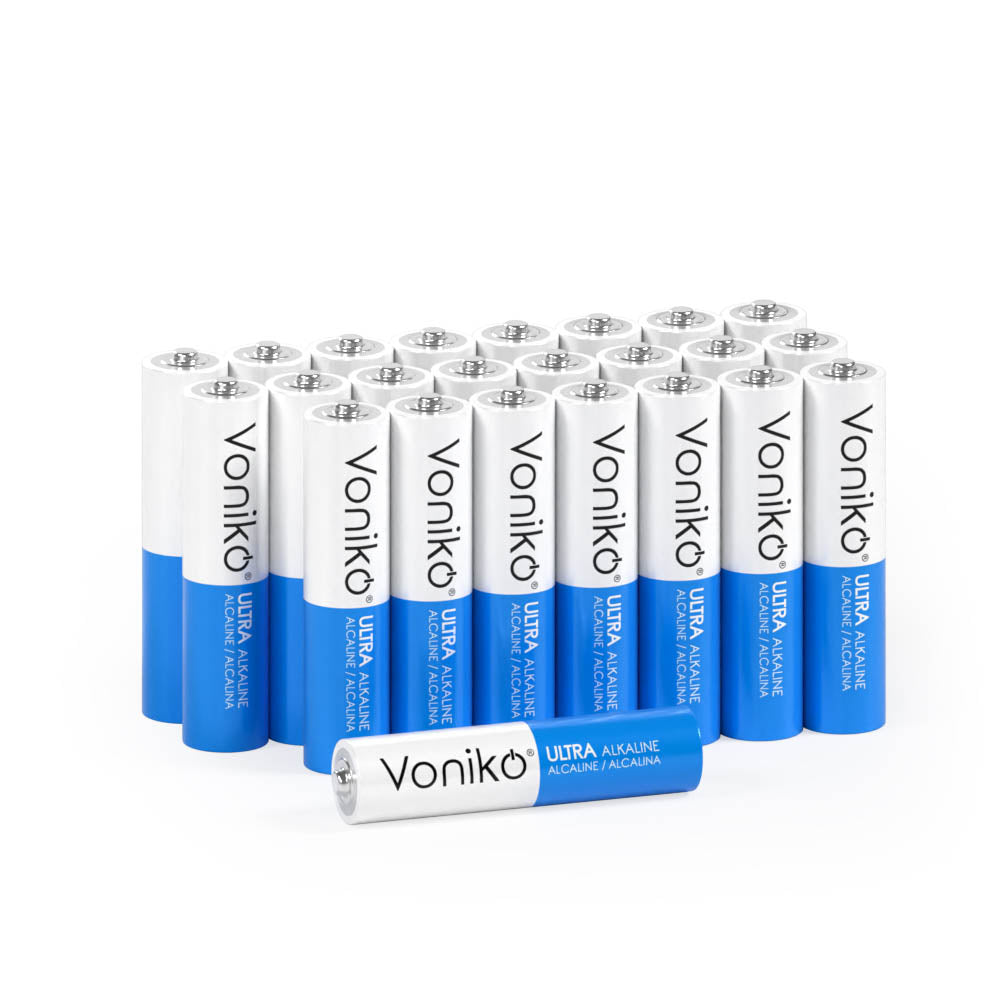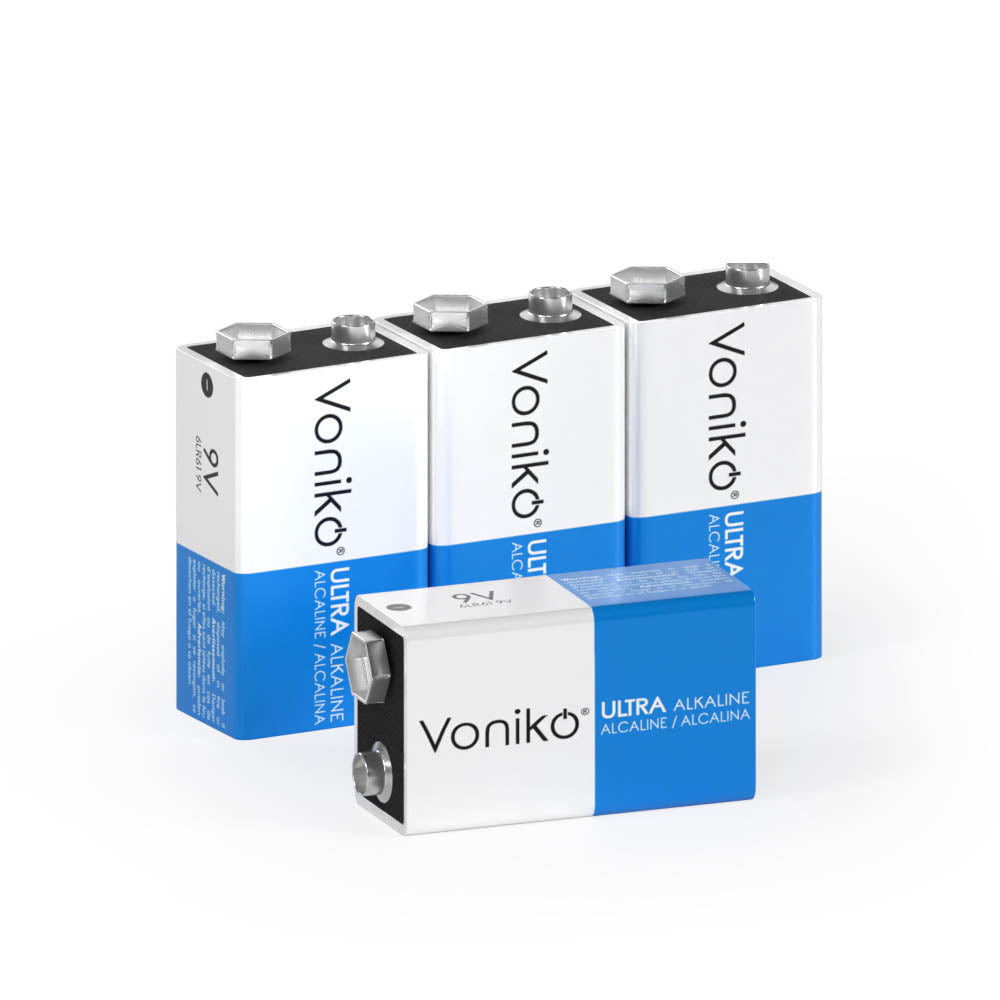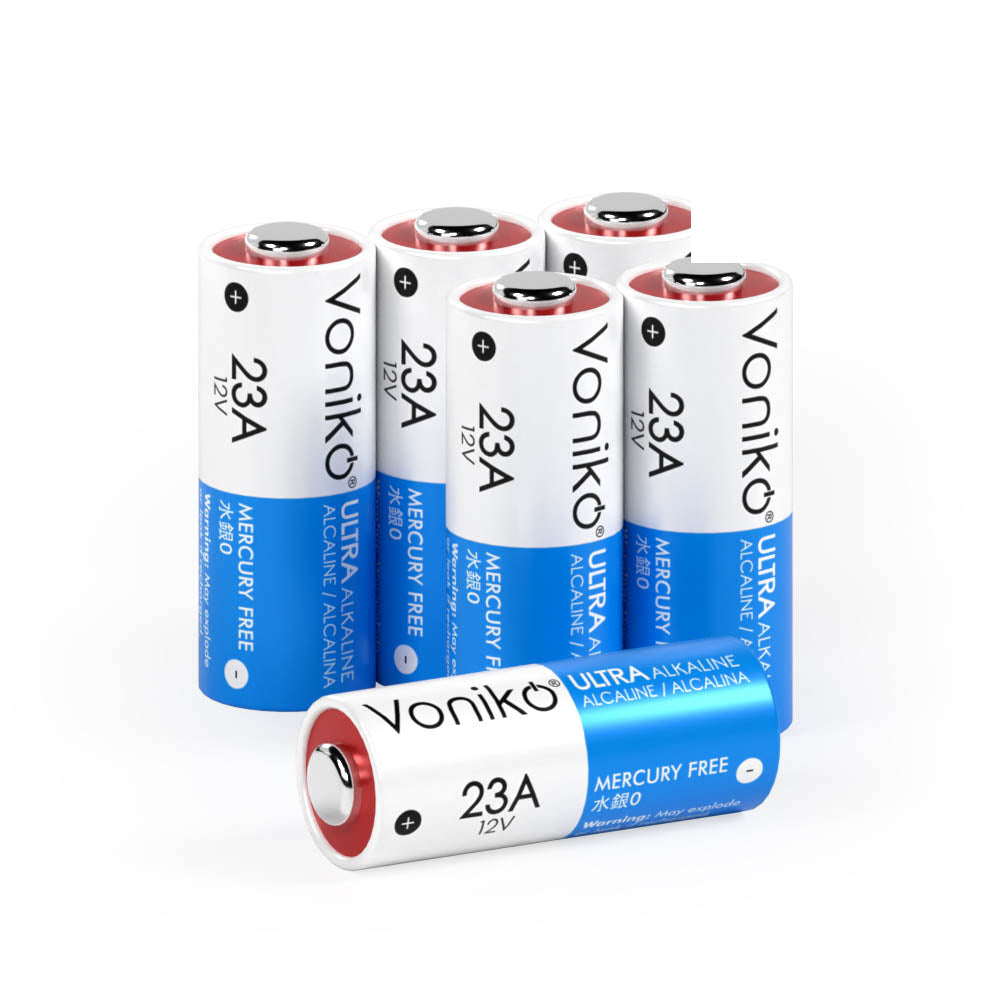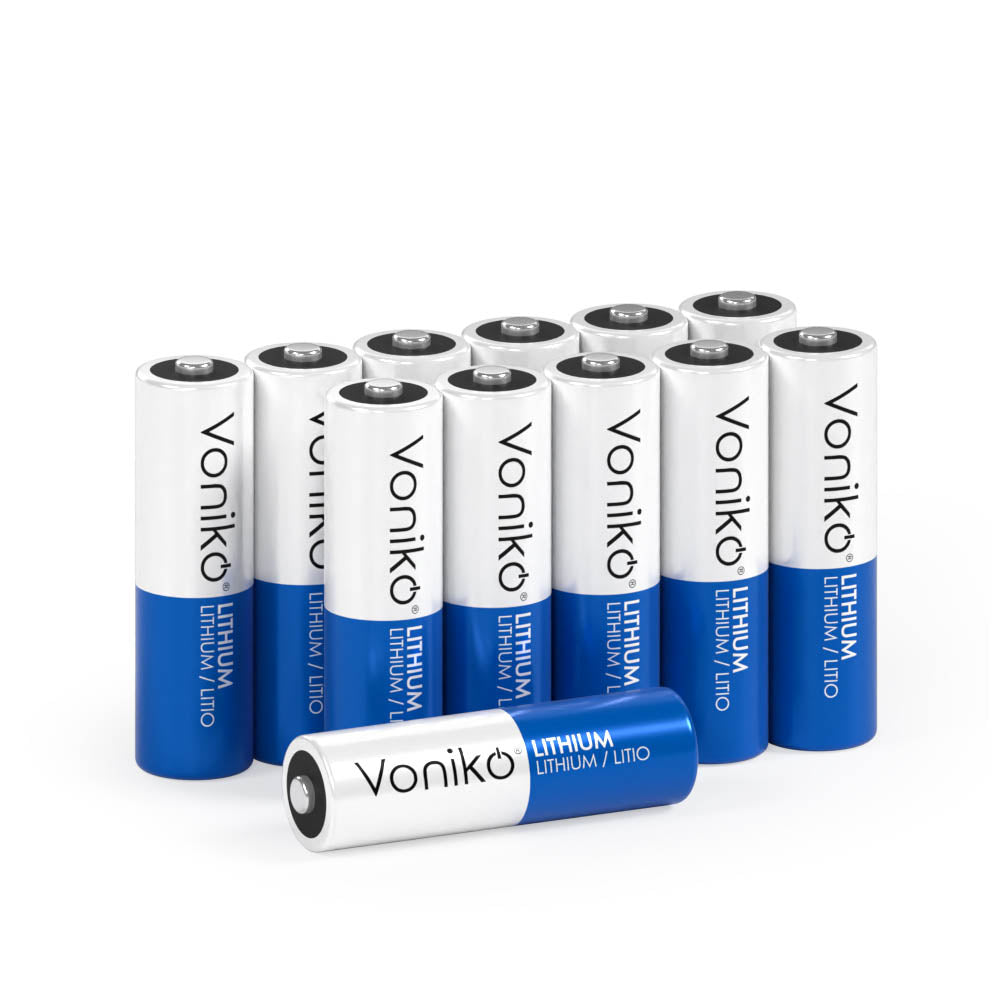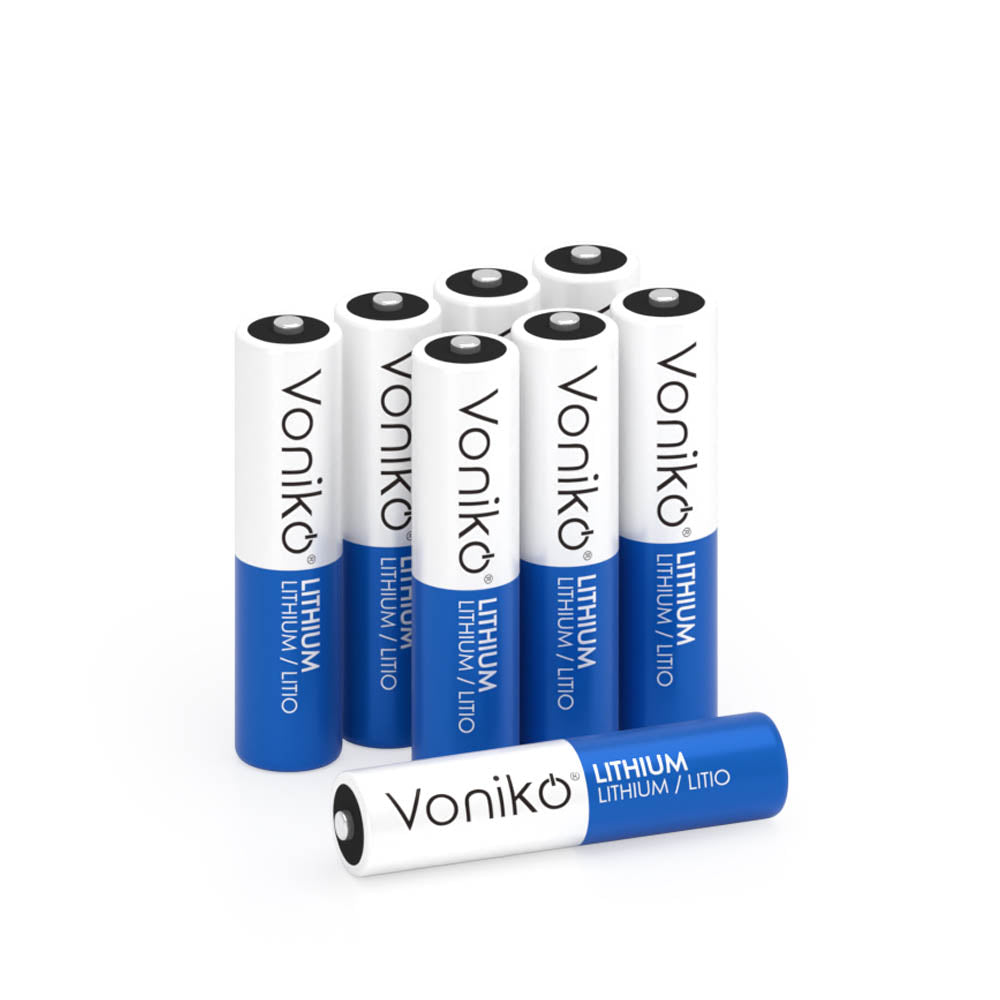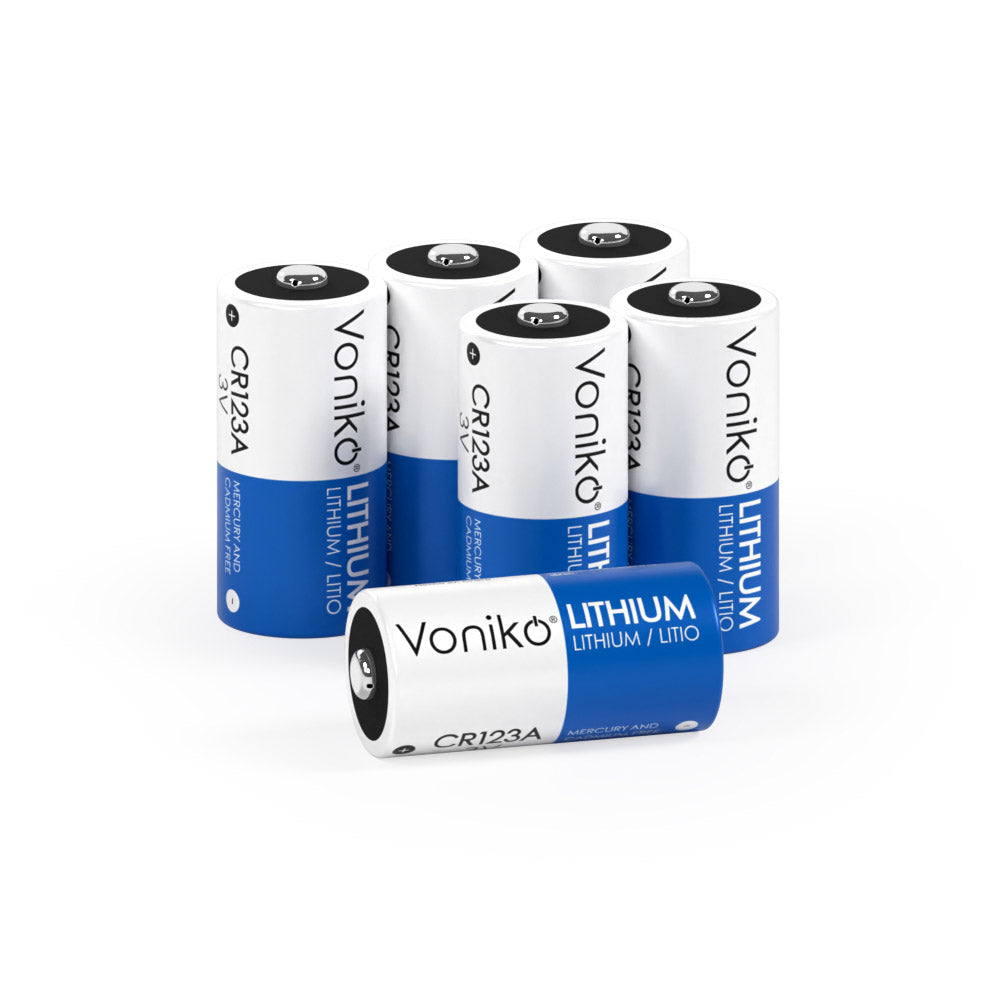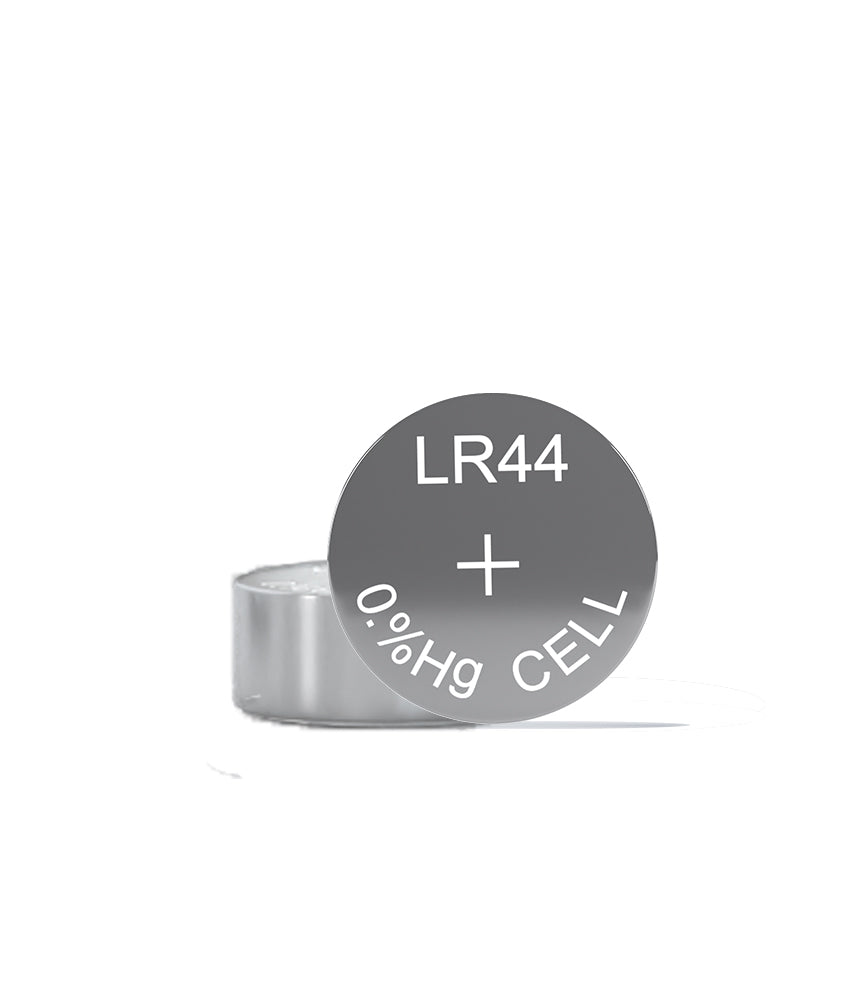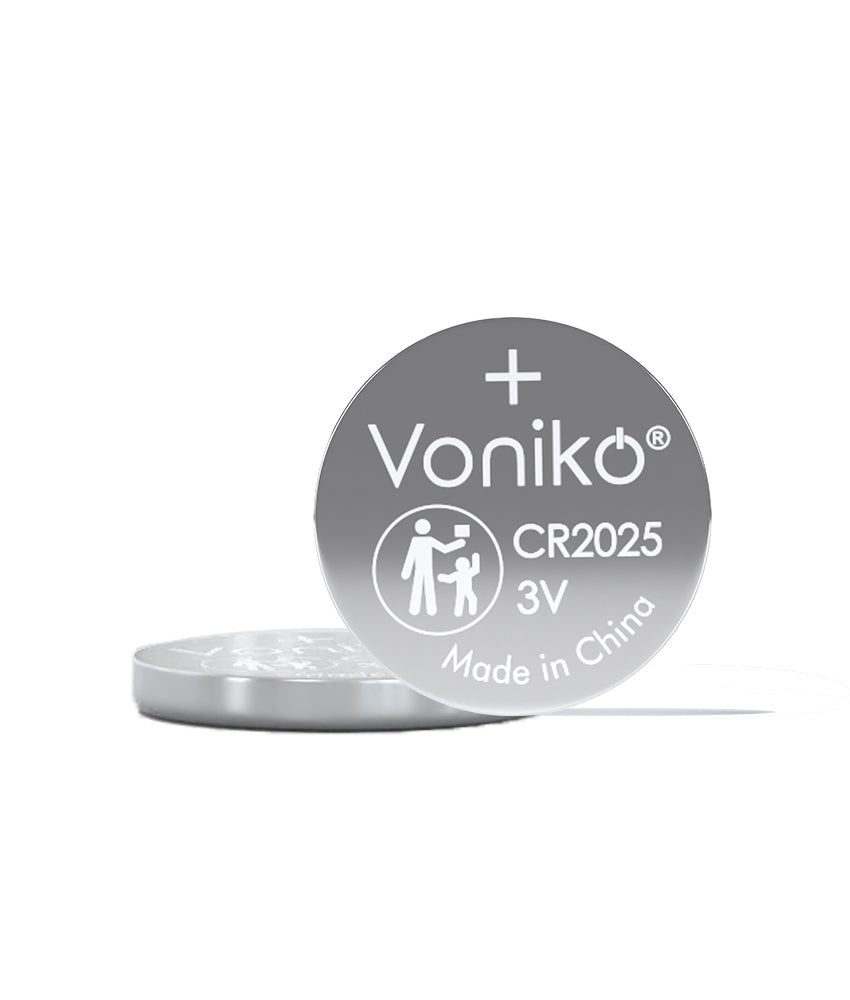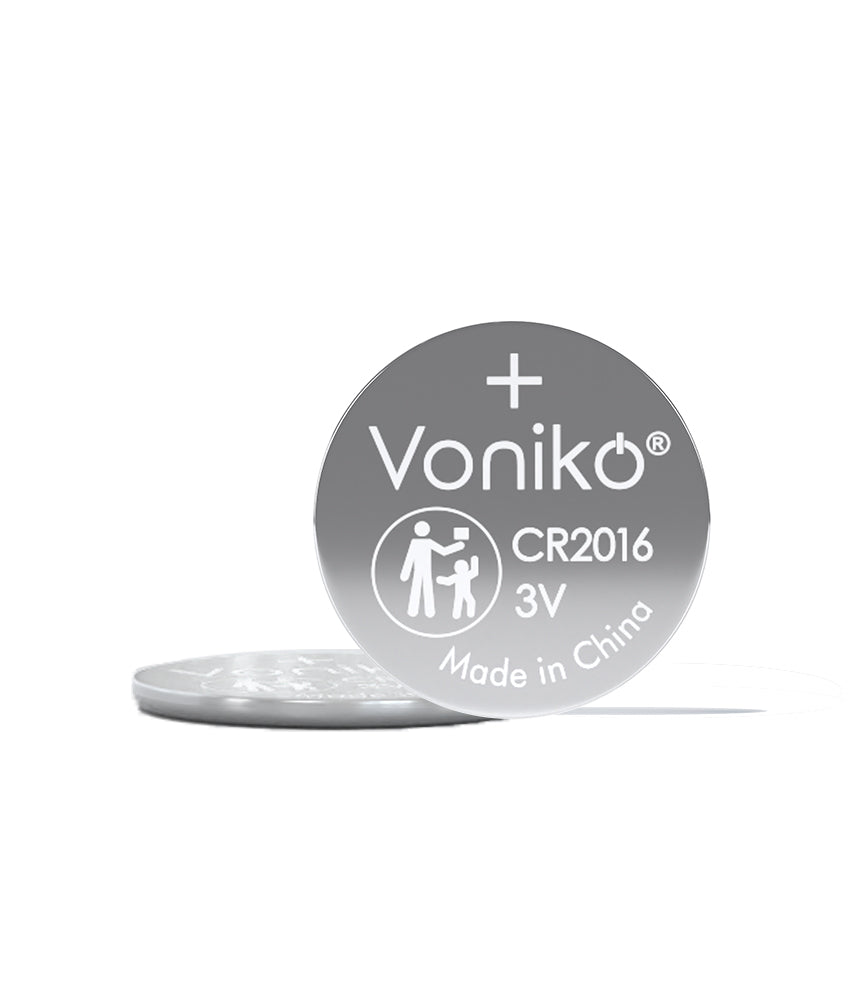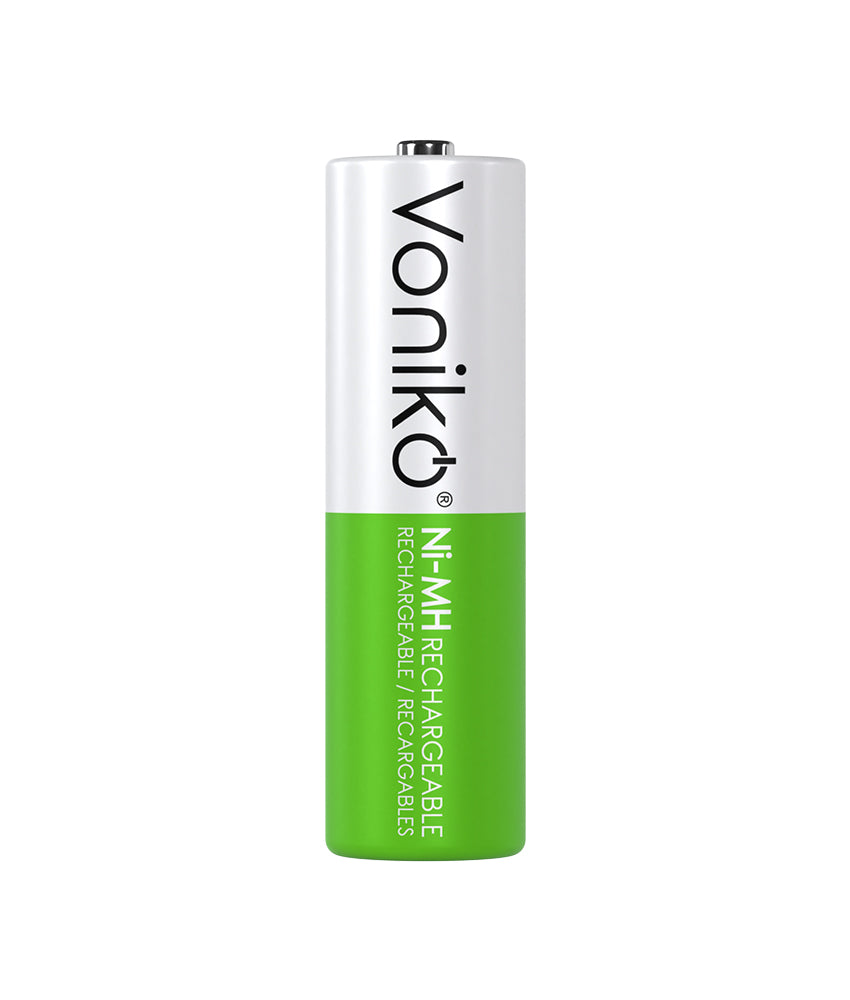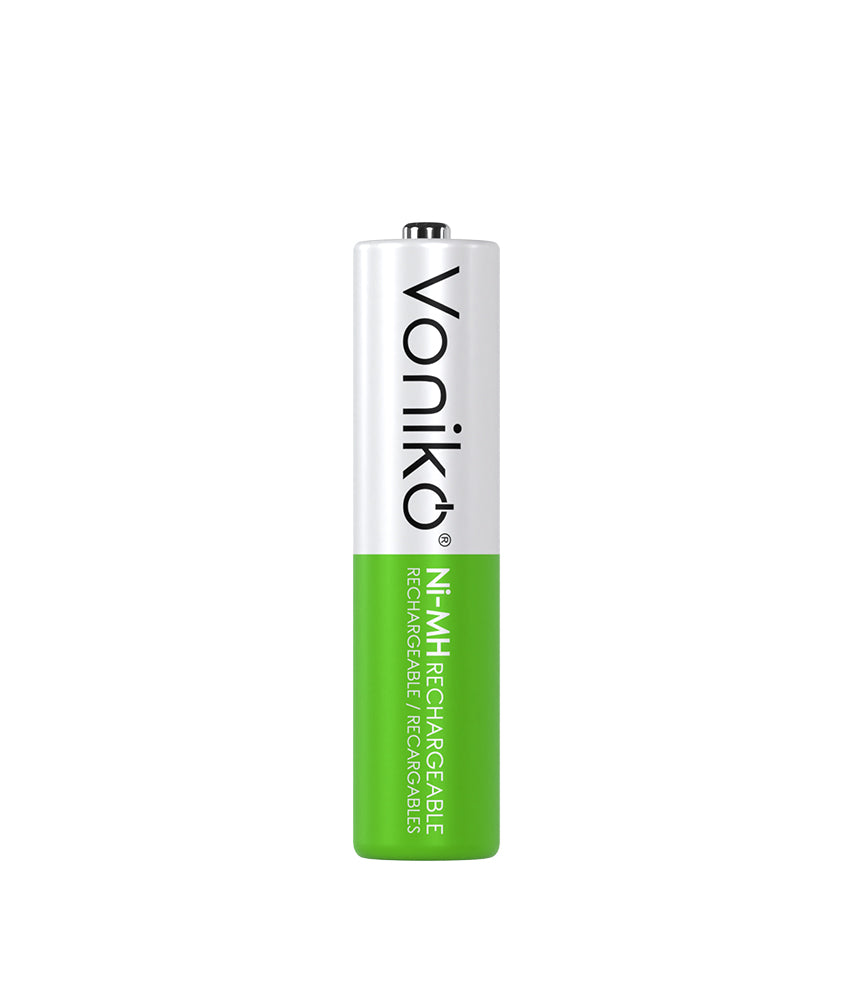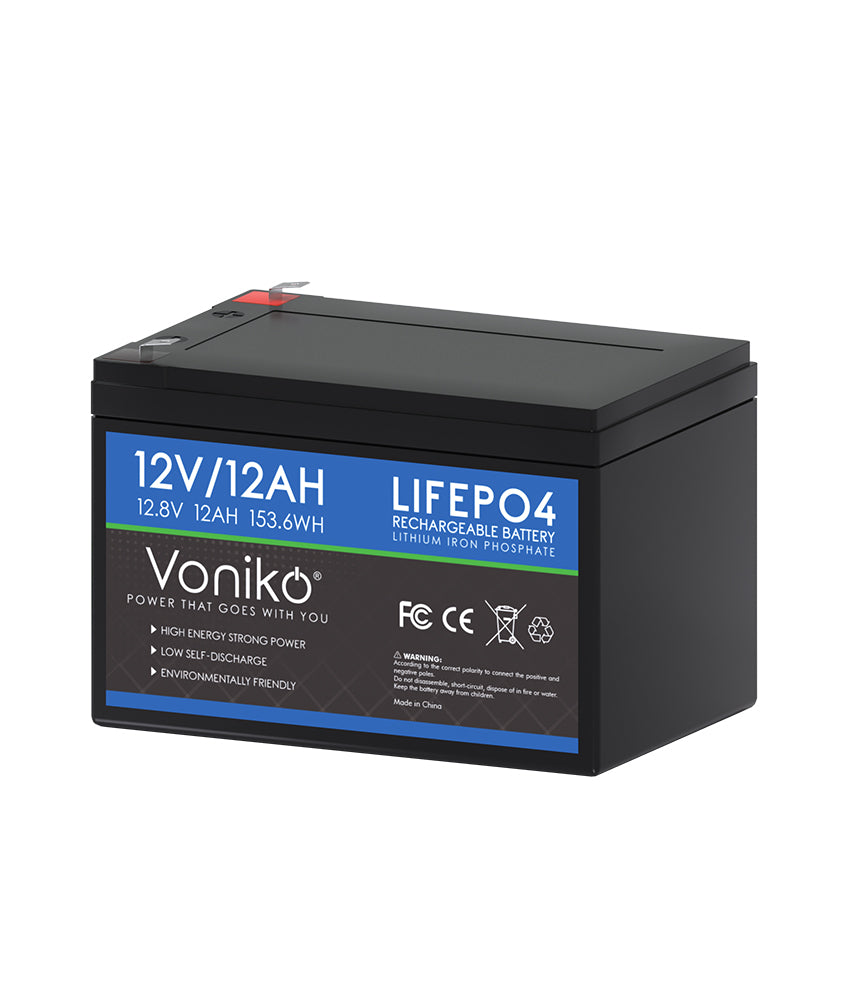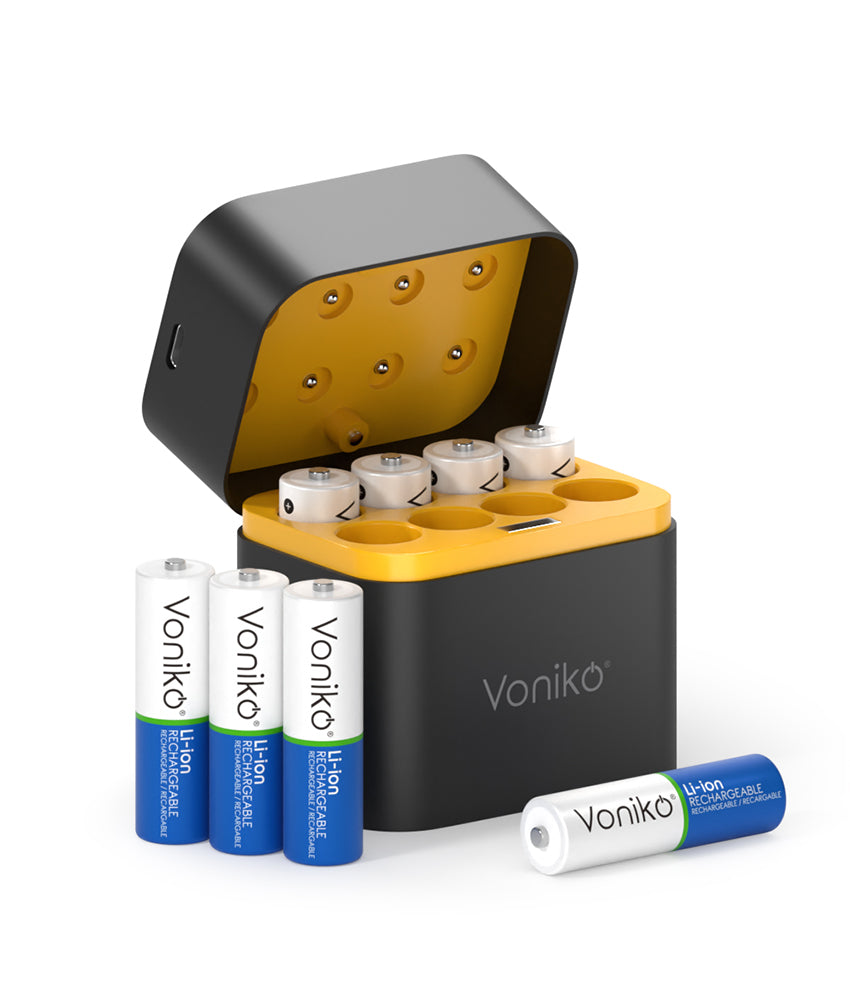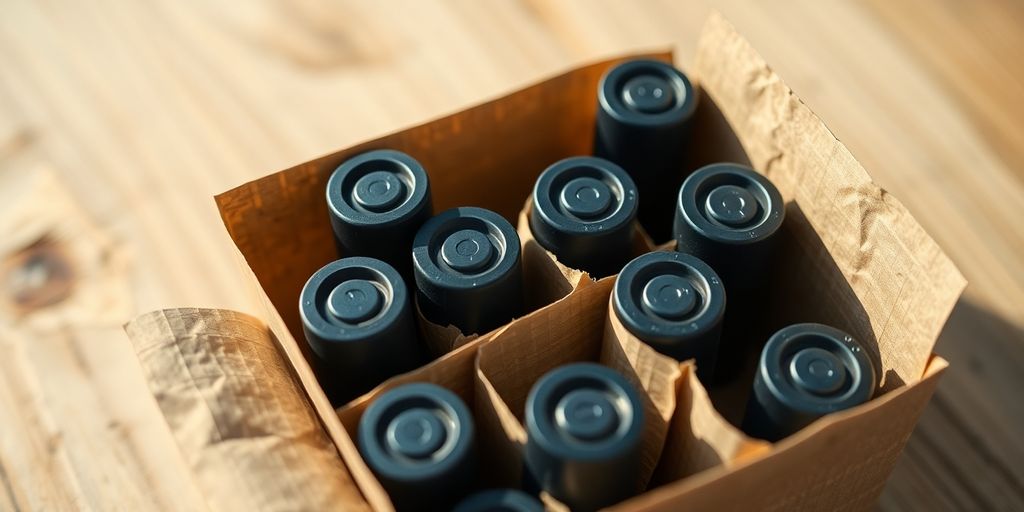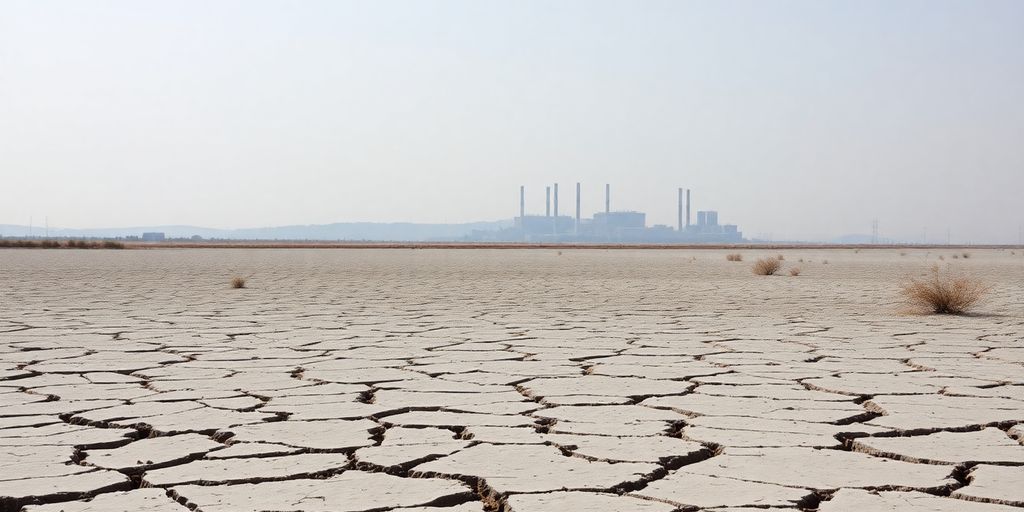Voniko's Commitment to Sustainable Packaging
Eliminating Plastic in Battery Packaging
Voniko has made a big move to get rid of plastic in their battery packaging. This is a pretty important step because plastic waste is a huge problem for our planet, ending up in oceans and messing with marine life. The company is actively working to reduce its environmental footprint by saying "no" to plastic wherever possible in its packaging designs. They've been looking for ways to cut down on plastic for a while now, and it shows in their newer products. It's not just about looking good; it's about making a real difference in how much plastic trash ends up in landfills and our natural spaces. This commitment means they're always checking their packaging to see where they can swap out plastic for something better.
Innovative Paper-Based Solutions
Instead of plastic, Voniko is using all sorts of paper-based packaging for their batteries. They've got a few different options, which is pretty cool because it means they're not just sticking to one idea. These paper solutions are a big part of their plan to be more eco-friendly. They offer:
- Paper bags for smaller packs of batteries, which are easy to recycle.
- K-cards, which are those cardboard-like hangers you see in stores, made from paper.
- Paper boxes for multi-packs, giving a sturdy, yet recyclable, option.
These choices help them avoid plastic and give customers options that are easier on the environment. It's a smart way to package batteries while keeping sustainability in mind.
Forest Stewardship Council Certified Materials
Voniko uses materials that are certified by the Forest Stewardship Council (FSC) for their packaging. This certification is a big deal because it means the paper comes from forests that are managed responsibly. It's not just about cutting down trees; it's about making sure those forests stay healthy for a long time. Voniko can even show two different FSC logos on their packaging: one for materials that are 100% recycled, and another for wood that's FSC-certified or controlled. This shows they're serious about where their materials come from and that they're trying to help reduce deforestation and greenhouse gas emissions. It's all part of their effort to make sure their packaging doesn't harm the planet.
The Environmental Impact of Battery Materials
Responsible Sourcing and Manufacturing Practices
When we talk about batteries, it's not just about how they work, but also where their parts come from and how they're put together. Responsible sourcing means getting materials in a way that doesn't harm people or the planet. This includes making sure that the mining of metals like lithium, cobalt, and nickel is done ethically, without child labor or unfair wages. It also means trying to reduce the environmental damage from mining, like water pollution or habitat destruction. Manufacturing practices also play a big part. Companies should aim to use less energy, produce less waste, and avoid harmful chemicals during the battery-making process. It's about looking at the whole picture, from the ground up, to make sure batteries are made as cleanly as possible.
RoHS Certification and Hazardous Substance Restriction
RoHS stands for Restriction of Hazardous Substances. It's a directive that limits the use of certain dangerous materials in electrical and electronic products. For batteries, this means avoiding things like lead, mercury, cadmium, and certain flame retardants. These substances are really bad for the environment if they get into soil or water, and they can be harmful to human health too. Getting RoHS certified shows that a company is serious about keeping these harmful materials out of their products. It's a way to make sure that the batteries you're using are safer for everyone, and for the planet, especially when they eventually need to be disposed of. It's a standard that helps push the industry towards cleaner, more responsible manufacturing.
Comparison with Competitor Material Choices
When you look at different battery brands, you'll find that they don't all use the same materials. Some companies might stick with older, cheaper materials that are known to be more harmful, while others are actively trying to find better, more sustainable options. For example, some batteries still use cadmium, which is a heavy metal that's pretty toxic. Other companies are moving towards materials that are less impactful, or even trying to incorporate recycled content. It's a big difference, and it shows how much a company cares about its environmental footprint. Here's a quick look at some common battery materials and their general environmental impact:
- Lead-acid batteries: Often contain lead, which is highly toxic and requires careful recycling.
- Nickel-cadmium (NiCd) batteries: Contain cadmium, another toxic heavy metal, and are being phased out in many regions.
- Alkaline batteries: Generally contain zinc and manganese, which are less toxic than lead or cadmium, but still need proper disposal.
- Lithium-ion batteries: While powerful, they use lithium and cobalt, which have environmental concerns related to mining and resource scarcity. Recycling is important for these.
- Newer chemistries (e.g., solid-state, zinc-air): These are being developed with the goal of reducing reliance on rare or toxic materials, aiming for a smaller environmental footprint overall.
Battery Longevity and Environmental Impact
Average Lifespan of Voniko Batteries
Voniko batteries are made to last a good while. We know people want batteries that work when they need them, and for a long time. So, we put a lot of effort into making sure our batteries hold their charge and perform well over an extended period. This means you won't be swapping them out as often as some other brands. We use good materials and careful manufacturing processes to achieve this. It's not just about power; it's about consistent, reliable power for a long time. Our goal is to give you a battery that you can count on, day in and day out, without worrying about it dying too soon.
Reducing Waste Through Extended Battery Life
When a battery lasts longer, it means less waste. It's pretty simple, really. If you don't have to buy new batteries all the time, fewer old ones end up in the trash. This helps cut down on the amount of stuff going into landfills. Think about all the resources that go into making a battery – the raw materials, the energy for production, the shipping. If a battery has a short life, all those resources are used up quickly, and then you start over with new ones. A longer-lasting battery stretches those resources out, which is better for the planet. It's a small change that makes a big difference in reducing overall waste.
The Link Between Durability and Sustainability
Durability and sustainability go hand in hand, especially with batteries. A battery that lasts a long time is inherently more sustainable. Why? Because it reduces the need for constant replacement. Every time a battery is made, it uses up resources and energy. If that battery only lasts a short while, then you're back to square one, using more resources to make another one. But if a battery is durable and keeps working for a long time, it means fewer batteries need to be produced overall. This cuts down on:
- Raw material extraction
- Manufacturing energy consumption
- Transportation emissions
It's a cycle where a well-made, long-lasting product directly contributes to a smaller environmental footprint. It's about getting more use out of what's already been made, which is a core idea of sustainability.
Cost-Effectiveness and Environmental Considerations
Price Comparison with Other Battery Brands
When you're looking at batteries, the price tag is usually the first thing you notice. Voniko batteries might seem a bit more expensive upfront compared to some of the cheaper brands out there. But it's important to think about the bigger picture. Those really cheap batteries? They might save you a few bucks right away, but how long do they actually last? And what's the real cost to the environment when you're throwing them away all the time? We need to consider both the battery price and its environmental impact.
Long-Term Cost Savings of Voniko Batteries
This is where Voniko tries to make a difference. The idea is that because they last longer, you end up buying fewer batteries over time. Think of it like this: a cheap battery might power your remote for a month, while a Voniko battery could last for several months. So, even if the initial cost is higher, you're not replacing them as often, which can save you money in the long run. It's about looking at the total cost of ownership, not just the sticker price.
Environmental Cost of Cheaper Alternatives
Now, let's talk about those cheaper batteries. Sure, they're easy on your wallet at first, but what about all that extra waste? All those dead batteries end up in landfills, and that's not good news. They can leak nasty chemicals into the ground, which can mess with the soil and water. Plus, making and shipping those batteries also has a carbon footprint. Voniko, at least, is trying to play the long game by making batteries that last and reducing the overall environmental burden. It's about making choices that are better for the planet, even if it means spending a little more now.
Voniko's Approach to Battery Disposal
Guidelines for Recycling Alkaline Batteries
Proper disposal of used batteries is a big deal for protecting the environment. Alkaline batteries, which are super common, shouldn't just be tossed in the regular trash. They contain materials that can be recovered and reused, and if they end up in landfills, they can leak chemicals into the soil and water. Most communities have specific programs for recycling batteries. You can often find drop-off points at local recycling centers, hardware stores, or even some big retail chains. It's always a good idea to check with your local waste management services for the most up-to-date information on where and how to recycle batteries in your area. Some places might even have special collection events for household hazardous waste, which often include batteries.
Importance of Proper Battery Disposal
Getting rid of batteries the right way is more important than you might think. When batteries are thrown away improperly, they can cause a lot of problems. For one, they can release heavy metals and other toxic substances into the environment, which can contaminate groundwater and soil. This can harm wildlife and even affect human health. Also, batteries can sometimes cause fires in waste facilities if they're not handled correctly, especially if they still have a charge. By recycling batteries, we can recover valuable materials like steel, zinc, and manganese, which reduces the need to mine for new raw materials. This saves energy and cuts down on pollution from manufacturing. It's a simple step that makes a big difference for the planet.
Voniko's Role in Promoting Responsible Disposal
Voniko is all about making sure our products are good for the environment, and that includes what happens to them after they're used up. We really want our customers to dispose of their batteries responsibly. We provide clear information on our packaging and website about how to recycle our alkaline batteries. We also work with recycling programs and facilities to make it easier for people to find places to drop off their used Voniko batteries. Our goal is to help reduce the amount of battery waste that ends up in landfills and to encourage a circular economy where materials are reused as much as possible. We believe that everyone has a part to play in protecting our planet, and proper battery disposal is a key part of that.
Certifications and Environmental Standards
Understanding RoHS Compliance for Batteries
RoHS, which stands for Restriction of Hazardous Substances, is a set of rules from the European Union. These rules limit the use of certain dangerous materials in electronic products. The main idea behind RoHS is to keep harmful stuff out of our electronics, which then keeps it out of landfills and away from people. This means things like lead, mercury, cadmium, and other heavy metals are restricted. For battery makers, this is a big deal because it pushes them to find safer materials and ways to make their products. It's all about making sure what we use every day isn't secretly hurting us or the planet.
How Voniko Meets RoHS Standards
Voniko takes RoHS compliance seriously. They make sure their batteries don't contain any of the restricted substances. This isn't just about following rules; it's about making a product that's safer for everyone and better for the environment. They do this by:
- Carefully checking all the raw materials they use.
- Working with suppliers who also follow strict environmental guidelines.
- Regularly testing their batteries to confirm they meet all RoHS requirements.
This commitment means you can trust that Voniko batteries are made without those harmful chemicals.
Nordic Swan Ecolabel Certification for Batteries
The Nordic Swan Ecolabel is a tough environmental certification for products. It looks at a product's whole life, from how it's made to how it's disposed of. For batteries, getting this label means a lot. It shows that the battery meets high standards for:
- Environmental impact: This includes things like how much energy is used to make them and what materials are in them.
- Quality and performance: The batteries have to work well and last a reasonable amount of time.
- Safety: They have to be safe for people to use.
Voniko is working towards certifications like the Nordic Swan Ecolabel because they want to show their dedication to making batteries that are good for the planet. It's a way for consumers to easily spot products that are more environmentally friendly.
Sustainable Practices in Battery Production

Minimizing Waste in Manufacturing Processes
Making batteries creates waste, just like any other manufacturing process. But, companies can work to cut down on how much waste they make. This means looking at every step of how a battery gets put together, from the very start with the raw materials all the way to the finished product. The idea is to use materials efficiently and find ways to reuse or recycle anything that's left over. For example, if there are scraps of metal or plastic, they can be collected and sent back to be made into something new instead of just throwing them away. It's about being smart with resources and not letting good stuff go to waste. Some companies even look at the water they use and try to clean it up so it can be used again, which helps save water too.
Energy Consumption in Battery Production
Making batteries takes a lot of energy. Think about all the machines running, the heat needed for certain processes, and just keeping the lights on in a big factory. This energy usually comes from power plants, and those plants often burn fossil fuels, which isn't great for the environment. So, a big part of being sustainable in battery production is finding ways to use less energy or to get that energy from cleaner sources. This could mean installing solar panels on the factory roof, or buying electricity from companies that use wind or hydro power. It's also about making the manufacturing process itself more efficient, so less energy is needed to make each battery. For instance, some new technologies might require less heat or fewer steps, which saves energy.
Continuous Improvement in Environmental Footprint
Being sustainable isn't a one-time thing; it's an ongoing effort. Companies that are serious about their environmental impact are always looking for ways to do better. This means regularly checking how much waste they're making, how much energy they're using, and what kind of materials they're putting into their batteries. They might set goals to reduce their carbon emissions by a certain percentage each year, or to increase the amount of recycled content in their products. It's like a never-ending project where they're always trying to find new and better ways to be kinder to the planet. This could involve:
- Investing in new, more efficient machinery.
- Researching and developing new, greener materials for batteries.
- Working with suppliers who also have good environmental practices.
- Getting feedback from customers and environmental groups to see where they can improve.
Making batteries in a way that's good for the Earth is super important. We need to think about how we get the stuff for batteries and how we make them so we don't mess up our planet. Want to learn more about how companies are making batteries in a greener way? Check out our website to see what's happening!
Wrapping Things Up: Why Voniko's Packaging Matters
So, we've looked at a lot of things today about Voniko's battery packaging. It's pretty clear they're trying to do better for the planet, which is a good thing. From using paper instead of plastic to getting those eco-friendly certifications, they're making some real moves. Sure, no company is perfect, and there's always more work to do when it comes to being truly green. But when you pick Voniko, you're not just getting batteries that work; you're also supporting a company that's thinking about its impact. It's a small choice, but lots of small choices can add up to a big difference for our world.

